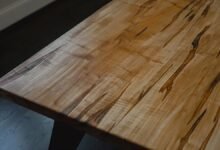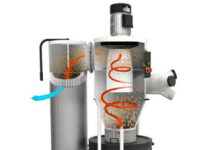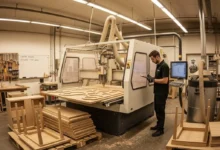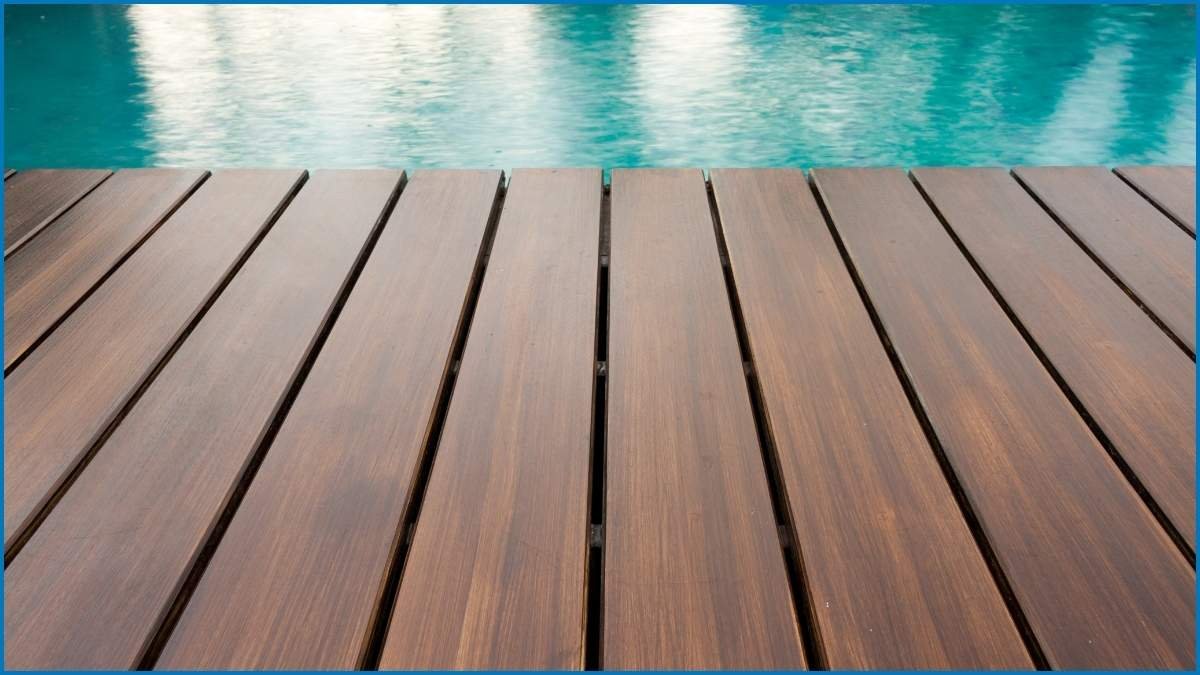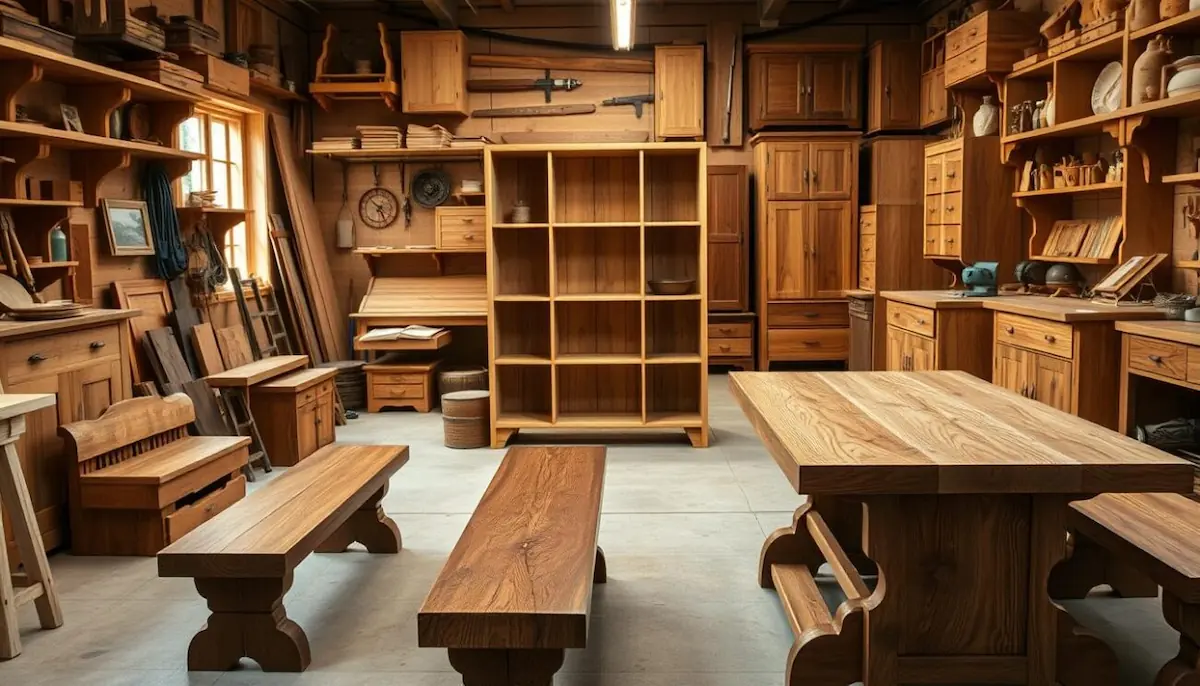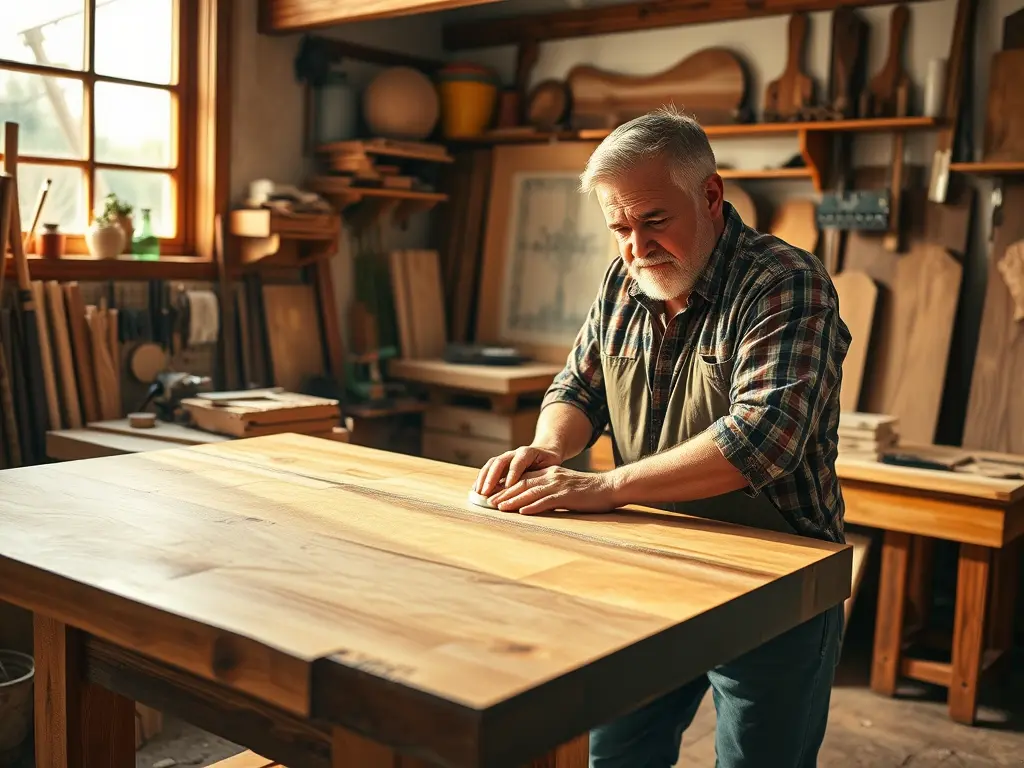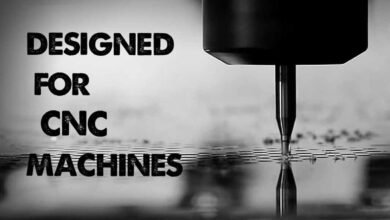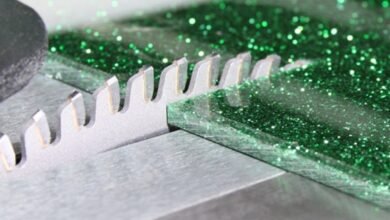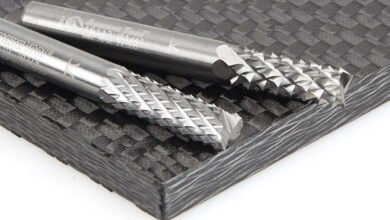Router bits for furniture production. Faster cutting. Stay smooth.
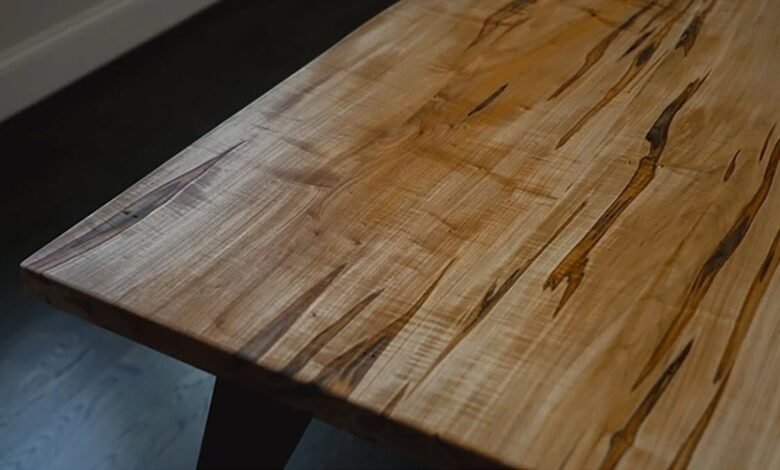

When furniture orders pile up, the challenge isn’t to find more watches, but to cut faster without ruining the finish. In small and medium-sized production shops, speed and surface quality often seem like a trade-off. Push your CNC too hard, and you’ll get tear, burn, or chatter marks that eat away at your sanding budget. Extremely slow running, productive tanks. The solution starts with the right parts—designed for speed and precision.
The real bottleneck: bit selection and tool wear
In many furniture shops, production slowdown doesn’t come from programming or feed rates — it comes from tool selection. Standard helical bits work well for one-time jobs, but in a production run, even a small loss in edge sharpness translates to rework and downtime. Using the correct geometry and grade of materials can extend tool life by 3 times or more, while allowing you to push feed rates that previously seemed risky.
 Spectra Solid Carbide Compact Spiral Router Bits – Nano-composite coating gives longer life in abrasives. Particularly suitable for double-sided melamine or laminated materials.
Spectra Solid Carbide Compact Spiral Router Bits – Nano-composite coating gives longer life in abrasives. Particularly suitable for double-sided melamine or laminated materials.
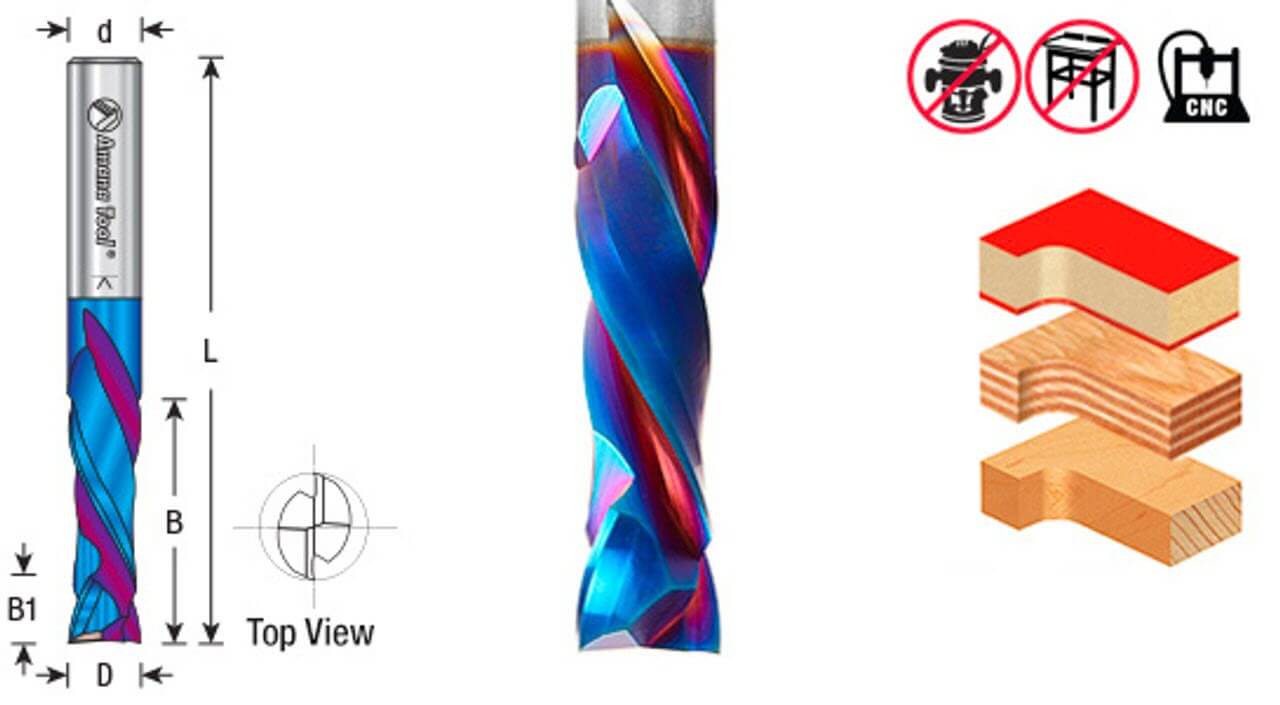 Spectra Solid Carbide Compact Spiral Router Bits – Nano-composite coating gives longer life in abrasives. Particularly suitable for double-sided melamine or laminated materials.
Spectra Solid Carbide Compact Spiral Router Bits – Nano-composite coating gives longer life in abrasives. Particularly suitable for double-sided melamine or laminated materials.Pressure cutting: fast cutting, flawless edges
Spiral pressure bits They are the preferred products of plywood, melamine and veneered boards – all essential elements in furniture production. Using flutes that cut up and down in one tool, it pulls the chips toward the center, preventing tearing on both sides. The result is a crisp edge straight from the machine, ready for assembly or finishing.
To maximize speed, start with a feed rate that is aggressive enough to allow the bit to slice rather than rub. Keep the full diameter of the bit occupied by cutting whenever possible – partial depth passes can overcome the effect of pressure. For most 3/8" Or 1/2" Compression bits, chip load between 0.006"-0.012" Each tooth is the perfect place for a clean and efficient cut.
 Amana Tool CNC solid carbide spirals feature a unique chip-breaking design. Also available as rough cut spirals.
Amana Tool CNC solid carbide spirals feature a unique chip-breaking design. Also available as rough cut spirals.
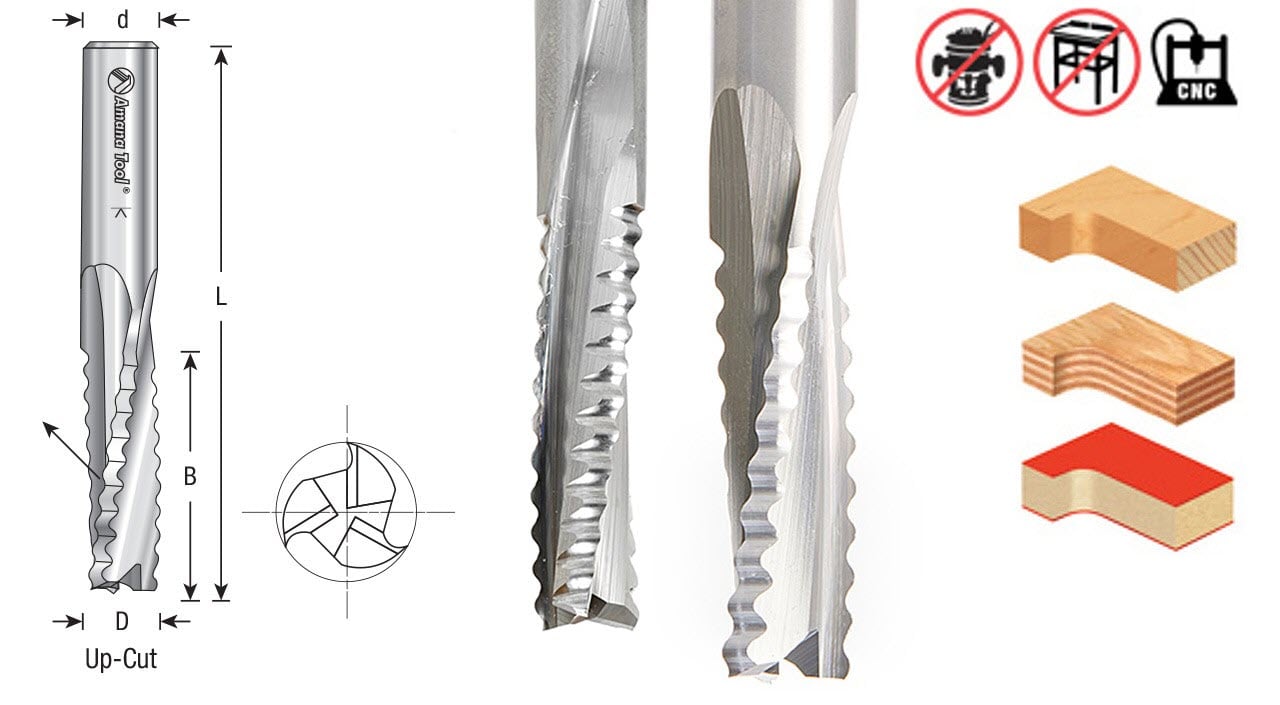 Amana Tool CNC solid carbide spirals feature a unique chip-breaking design. Also available as rough cut spirals.
Amana Tool CNC solid carbide spirals feature a unique chip-breaking design. Also available as rough cut spirals.Roughing and cutting: Remove material, not time
When you’re shaping table components, chair backs, or hardwood boards, rough cutting saves hours. Rough spiral bits Use the serrated edges to break chips into smaller pieces, remove waste faster and keep the cutter cool. They’re designed to remove large amounts of material – think 40% to 60% faster material removal rates than standard spirals – without sacrificing the quality of the final finish.
Pair a rough bit with a finishing pass using a standard cutting bit or pressure bit. This combination provides speed and surface perfection, and is ideal for overlapping machining or when manufacturing thick hardwood boards.
 This solid carbide spoiler plate insert CNC router bit comes with solid carbide insert knives with four cutting edges, so you can turn the knife when one side becomes dull – providing the highest quality finish available in woodworking tools.
This solid carbide spoiler plate insert CNC router bit comes with solid carbide insert knives with four cutting edges, so you can turn the knife when one side becomes dull – providing the highest quality finish available in woodworking tools.
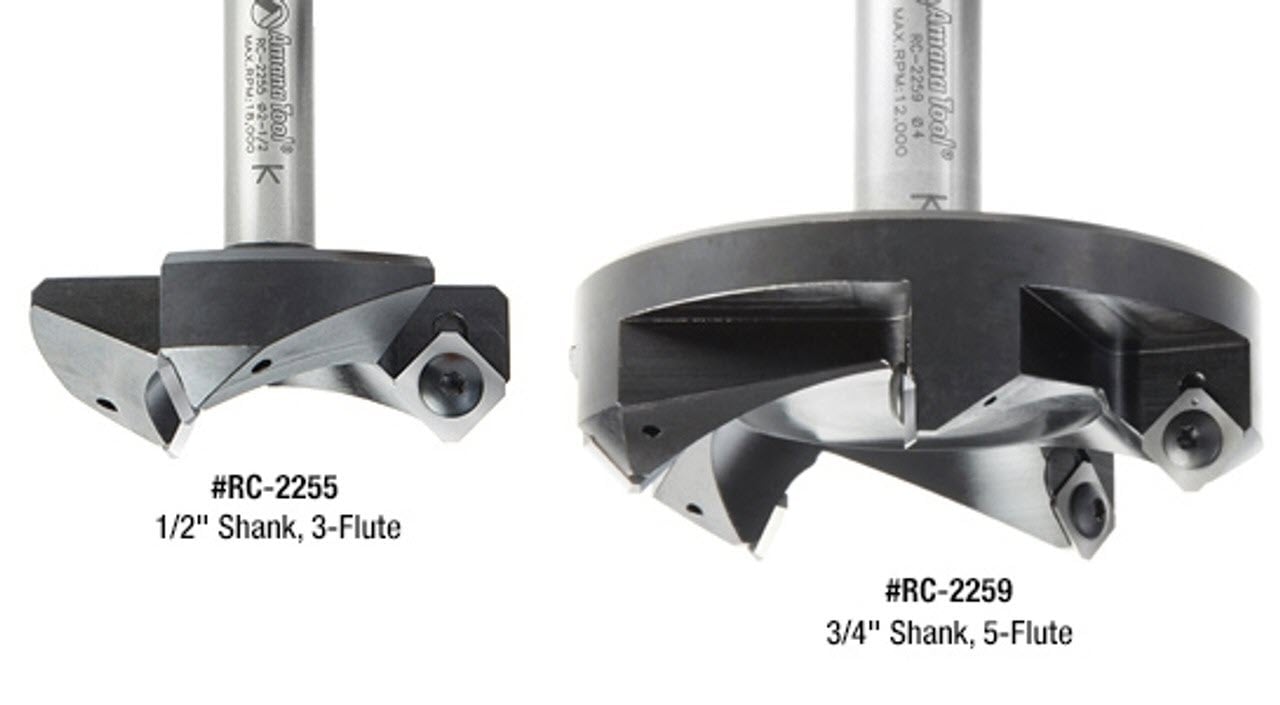 This solid carbide spoiler plate insert CNC router bit comes with solid carbide insert knives with four cutting edges, so you can turn the knife when one side becomes dull – providing the highest quality finish available in woodworking tools.
This solid carbide spoiler plate insert CNC router bit comes with solid carbide insert knives with four cutting edges, so you can turn the knife when one side becomes dull – providing the highest quality finish available in woodworking tools.Bits Insert: Stay sharp, reduce downtime
Enter the router bits She is a produce shop’s best friend. Instead of sharpening or replacing the entire piece, you can simply rotate or replace the carbide inserts. This keeps the edge geometry and operation of your device consistent. Glossy trim is introduced into large-scale pieces of MDF, hardwoods, and composite panels, where even small fading can slow cycle times.
In addition to comfort, insert bits provide a tangible performance boost – consistent finish quality and reduced spindle load. They are especially valuable for repetitive parts such as cabinet doors, drawer fronts and countertop components.
Go beyond cutting: CNC sanding integration
Speed and finish isn’t just about how fast you can cut, it’s also about how little sand you need. That’s where the Amana Tool IN-SAND dynamically balanced non-random orbital CNC comes into play. Designed specifically for CNC use, this tool features a 4-inch diameter plate, ½-inch shank, and non-random orbital motion that provides a consistent, smooth finish on large surfaces.
Integrating CNC sanding into your routing workflow means you can reduce hand sanding time and maintain high productivity – precise motion ensures minimal swirl marks, helping your output maintain excellent finish quality even as production increases.
Feeding and pacing tips for consistency
- Slide loading monitoring — Don’t just trust spindle speed charts. Dull tools or vacuum pressure issues can cause excessive friction.
- Use climbing pieces Where possible – produces a cleaner surface on most materials, especially hardwoods.
- Keep the parts clean – Resin buildup acts like a dull edge. Use a designated cleaner regularly.
- Balance your passes – Use roughing and finishing instead of deep cutting. You will often gain speed and finish quality.
Boost productivity, not sanding time
Increasing production doesn’t always mean upgrading your CNC or adding a work shift. This often means upgrading your tooling strategy. Compact spirals, rough cuts and insertion tools play a role in maintaining cutting speed, clean edges and smooth finishes. Whether you’re building 50 tables a week or 500 cabinet panels, the right choices can make the difference between overtime and on time.
Explore Amana Tool router bits and CNC router bits, designed for furniture production – designed to help you Cut faster and stay smooth.


